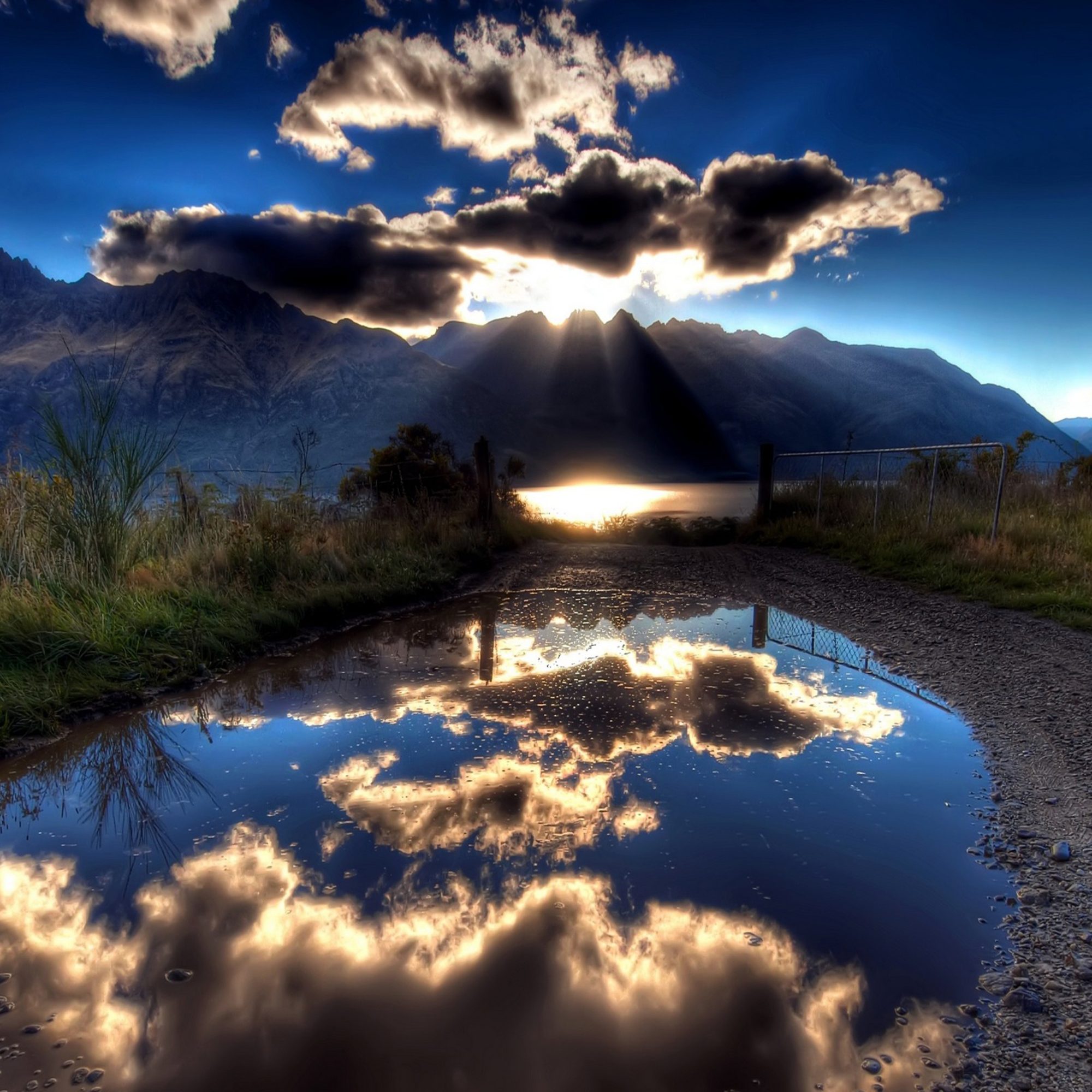Unlocking the Majesty of Nature Through Your Lens
Have you ever stood at the edge of an awe-inspiring vista and felt a profound sense of wonder? That moment when the vastness of nature speaks directly to your soul is exactly what landscape photography aims to capture. This genre is not just about snapping pictures of beautiful scenery; it’s an art form that requires patience, skill, and a deep connection with the natural world.
Landscape photography can transport us to places we’ve never been, reminding us of the incredible beauty that exists all around us. It’s about more than just picturesque sunsets and towering mountains; it’s a way to preserve the ephemeral, fleeting moments of natural beauty that are so often overlooked in our fast-paced world.
For those looking to dive deeper into this captivating genre, understanding the nuances of light, composition, and timing is crucial. It’s not just about being in the right place at the right time; it’s about feeling the rhythm of the landscape and capturing its essence in a way that speaks to the viewer. From the golden hour’s soft, warm light to the dramatic shadows cast by an approaching storm, every element plays a part in the masterpiece that is landscape photography.
Moreover, landscape photography holds a mirror to the diversity of our planet’s ecosystems, encouraging conservation and fostering a deeper appreciation for our natural heritage. It can be a powerful tool in storytelling, capturing the ever-changing face of Earth and highlighting the urgent need for environmental stewardship.
For those intrigued by capturing humanity amidst the grandeur of landscapes, blending event photography with natural scenery can offer a unique perspective. Imagine the energy of a festival set against the backdrop of sprawling landscapes – it’s a fusion that brings out the vibrancy of human spirit and the sublime beauty of the natural world.
Mastering the Art of Patience and Precision
Embarking on the journey of landscape photography is akin to becoming a storyteller of the Earth’s majestic narratives. Each photographer, through their lens, has the unique opportunity to convey stories of time, change, and the undying beauty of our planet. But to truly excel in this form of art, one must master two virtues: patience and precision.
Patience is not merely waiting; it’s an active engagement with the environment. It’s about observing the subtle changes in light, the movement of clouds, or the way shadows dance across the landscape over time. Sometimes, capturing the perfect shot means returning to the same spot multiple times, under different conditions, to witness how various elements interact with each other in the changing light.
Precision, on the other hand, is about meticulous composition and attention to detail. It involves understanding the rules of composition—like the rule of thirds, leading lines, or the use of negative space—and knowing when to break them to create compelling images. It’s about choosing the right gear, setting the correct exposure, and sometimes just waiting for that perfect moment when everything aligns.
But landscape photography is not just a technical challenge; it’s an emotional journey. It requires an openness to experience and connect with the landscape deeply. This connection allows photographers to not just see, but to feel the landscape, enabling them to capture its essence in a way that resonates with others.
Nurturing Your Unique Vision in Landscape Photography
As one delves deeper into the realm of landscape photography, developing a unique vision becomes paramount. This isn’t about merely replicating what has been done before; it’s about bringing one’s own perspective and emotional response to the landscape into the frame. It’s about telling a story that is deeply personal, yet universally relatable.
Embracing one’s unique vision involves a journey of exploration and experimentation. It’s about trying different techniques, from long exposures that smooth out moving water to high dynamic range (HDR) photography that brings out the details in shadows and highlights. It’s also about exploring different times of day and seasons, discovering how the changing light and conditions alter the mood and character of the landscape.
Ultimately, the most powerful landscape photographs are those that evoke emotion, that make the viewer pause and reflect. Whether it’s a sense of tranquility, awe, or a poignant reminder of the fragility of our natural world, these images stay with us, long after we’ve looked away.
In the end, landscape photography is a deeply rewarding pursuit. It challenges photographers to grow in their craft, to connect with the natural world on a profound level, and to share their unique perspective with others. So, what story will you tell through your lens? How will you capture the breathtaking beauty of our planet and share it with the world?


0 Comment